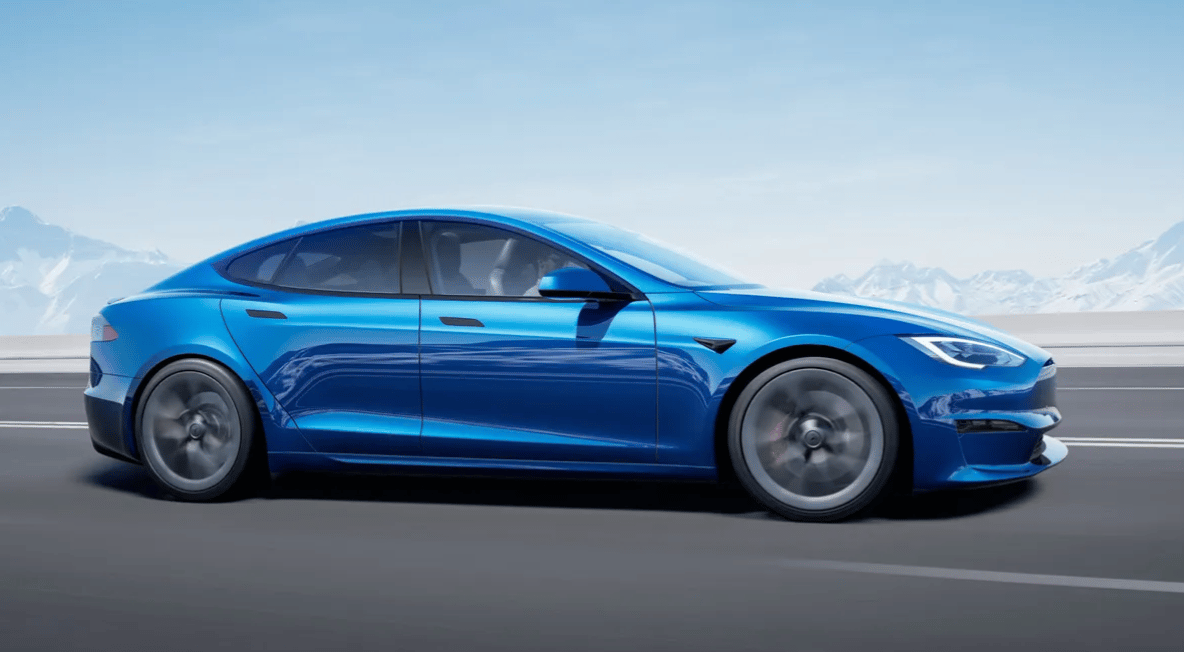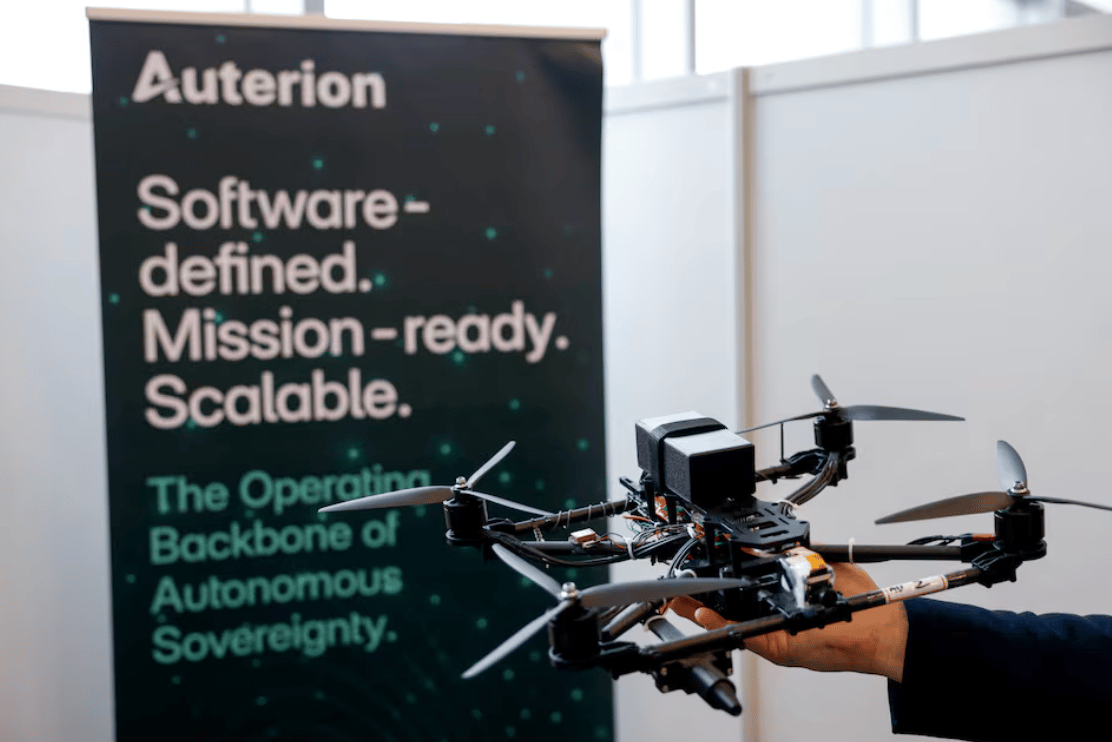- ListedAI Daily
- Posts
- Ukraine’s Drones Get 33,000 AI Upgrades
Ukraine’s Drones Get 33,000 AI Upgrades
A new phase in silicon and sovereignty.

Wednesday Deep Dive
(Reading Time: 4 minutes)
Start learning AI in 2025
Keeping up with AI is hard – we get it!
That’s why over 1M professionals read Superhuman AI to stay ahead.
Get daily AI news, tools, and tutorials
Learn new AI skills you can use at work in 3 mins a day
Become 10X more productive
The Wednesday Deep Dive takes a detailed look at what's new in AI. Each week, we share in-depth insights on new tools, proven prompts, and significant developments - helping tech professionals work smarter and stay ahead.
This week, we’re looking at two stories from opposite ends of the tech stack: one chip, one war. Together, they show how AI is reshaping both global supply chains and battlefield autonomy.
🚗 Tesla hands Samsung a $16.5B contract to build its AI6 chip
✈️ Ukraine’s drones get 33,000 AI strike kits with Pentagon backing
Let's dive in.
🌐 AI News
🚗 Tesla Gives Samsung a $16.5B Win in AI Hardware
Samsung just locked in one of its biggest semiconductor contracts ever: a $16.5 billion deal to produce Tesla’s next-generation AI6 chip, aka HW6.
The chip will power Tesla’s upcoming full self-driving system and marks a significant shift in chip manufacturing strategy—not just for Tesla, but for U.S.-based fabs. It’s also a comeback moment for Samsung Foundry, which has lagged behind TSMC in recent years.
🧠 What’s the AI6 chip?
It’s Tesla’s sixth-generation self-driving chip, expected to replace the AI5 (HW5) that’s scheduled for rollout in 2027. The new chip is part of Tesla’s custom SoC stack that controls autonomous vehicle behavior in real time, from perception to decision to actuation. Think of it as the silicon brain running the car.
🏭 Where will it be built?
The chips will be fabricated at Samsung’s new advanced facility in Taylor, Texas. Elon Musk noted that the site is just a short drive from his home, hinting that Tesla plans to be deeply involved in the optimization process.
In a rare move, Tesla engineers will work alongside Samsung to “maximize manufacturing efficiency,” according to Musk. That’s a direct collaboration on the production line.
🔢 What tech node?
While Samsung hasn’t confirmed the exact node, reports suggest the fab will support SF4, SF3, and SF2 process technologies. For AI6, the leading candidate is likely a 2nm-class process (SF2 or SF2A), which would bring Tesla into the cutting edge of chip design, assuming Samsung can hit its target yield of 60–70%.
📅 Timeline:
Equipment installation begins in early 2026
Test production + validation: late 2027
Mass production likely by 2028
AI6 chips could enter vehicles by 2029
📈 Why it matters:
This is more than a chip deal. It’s a geopolitical signal: one that strengthens the U.S. semiconductor supply chain, brings Tesla’s AI stack back to American soil (after AI5 goes to TSMC), and puts pressure on Intel’s foundry comeback.
For Samsung, it’s a reputational boost. After losing ground to TSMC in <5nm fabrication, winning Tesla’s confidence shows that its foundry team can still execute on high-performance, high-reliability workloads.
And for Tesla? It’s a bet on long-term vertical integration. From chips to factories to fleets, Musk wants control and proximity.
🌐 AI News
✈️ Auterion Delivers 33,000 AI Strike Kits to Ukraine
In parallel, a very different kind of AI deal is unfolding on the battlefield.
U.S.-based defense company Auterion just announced a contract to deliver 33,000 AI-guided drone strike kits to Ukraine, funded by a $50 million Pentagon award.
These kits use Auterion’s Skynode software to upgrade manually piloted FPV drones into semi-autonomous, jamming-resistant strike systems. Once launched, the drone can lock onto a target using visual recognition AI and hit it without external control, even in GPS-denied environments.
🎯 The targeting system is based on:
Shape and object recognition
Onboard edge inference (no internet required)
Anti-jamming guidance for the final attack window (~1 km range)
🛠️ What’s in the kit?
Each “strike kit” includes Auterion’s Skynode flight computer, a hardened onboard OS, and mission control integrations. It effectively turns $400 commercial drones into smart loitering munitions that behave like $40,000 missiles at scale.
🇺🇸 Backed by the Pentagon:
This isn’t new tech. Auterion has shipped thousands of these kits before. But this 33,000-unit deployment is 10x larger than anything prior, and represents a shift in how autonomy is deployed in modern warfare.
📦 Rollout begins in 2025
Deliveries are expected to start this year, with full deployment anticipated across Ukraine’s drone fleet as it scales up to 4.5 million FPV units.
🌍 Strategic impact:
NATO and EU defense ministries are already eyeing similar capabilities
The system has also been adopted by Taiwan
Real-world battlefield data from Ukraine is driving next-gen product roadmaps
🧠 Why it matters:
This is arguably the largest autonomous AI deployment in an active warzone. It’s a case study in how off-the-shelf AI + open software + defense integration can radically change battlefield economics.
With a cost-per-kill ratio more favorable than traditional artillery or missiles, autonomy in small drones is becoming a scalable deterrent. The fact that it’s built on U.S.-European software with edge AI onboard also highlights an emerging divide between open-standard and black-box defense AI systems.
Auterion’s system is demonstrating a lean, hardened, field-tested edge AI play. And that’s exactly why it works.
From Silicon Valley carmakers to Ukrainian trench warfare, the race to embed AI into physical infrastructure is accelerating. These models reshape how and where they run:
Tesla’s AI6 chip will be born inside a U.S. fab, co-designed for vehicle-scale autonomy
Auterion’s Skynode kits run AI inference in dirt-cheap drones, scaling faster than most traditional defense systems
Both are rejecting the cloud. Both are rejecting latency. And both are committing to hardware-software fusion that makes AI operational.
|
Want to Unsubscribe from future emails? Just hit “unsubscribe” below.


